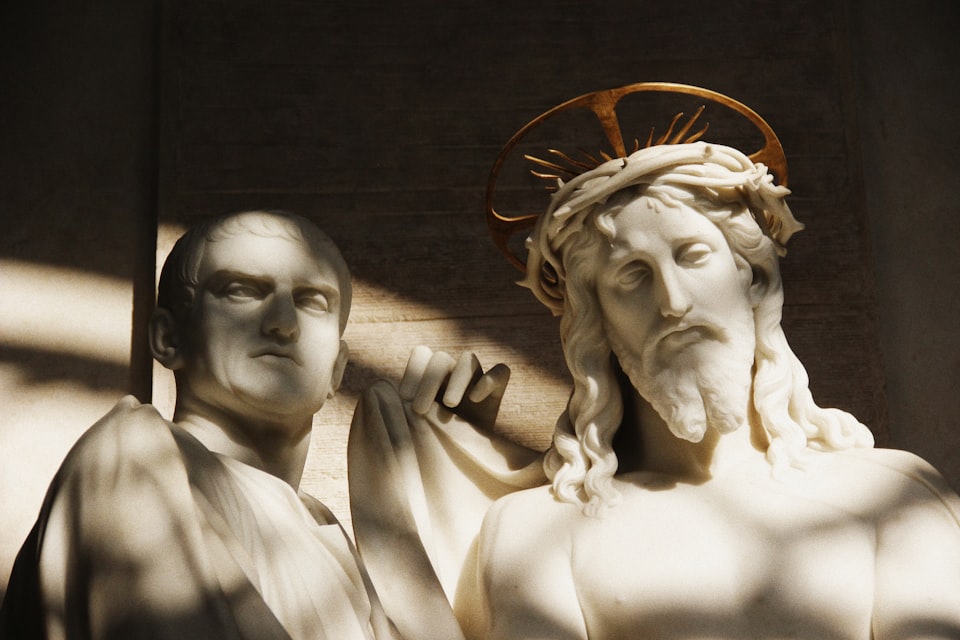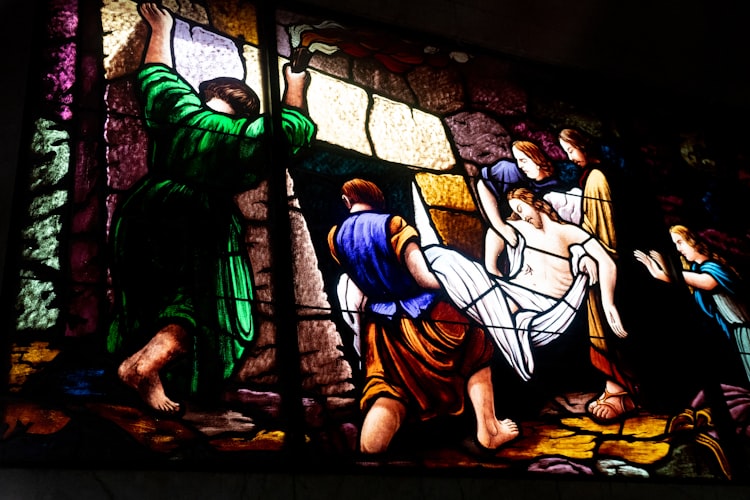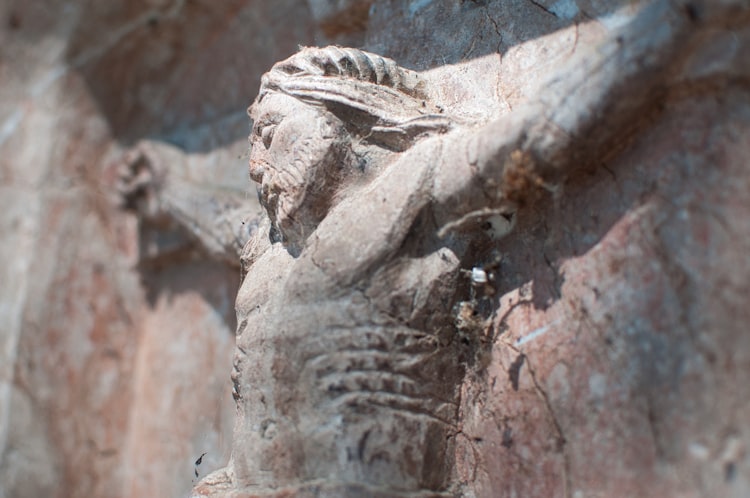Firm Foundation: Part 14

Suffered Under Pontius Pilate
The foundational truths upon which every believer can agree includes the fact that Jesus’ whole life can be summed up under one word: “suffering.” The Gospels attest to this fact.
“Was it not necessary that the Messiah should suffer these things?” (Luke 24:26)
“It was necessary for the Messiah to suffer.” (Acts 17:3)
By the time of the later New Testament writings, the word “suffering” had become a convenient formula for referring to the whole story of Jesus’ life and death: “he suffered” (Hebrews 2:18).
When ancient people heard the gospel they were tempted to think of Jesus as a supernatural spirit, untouched by physical life. For them, it was especially important to be reminded that Jesus is a human Lord who “suffered in the flesh” (1 Peter 4:1).
Christians today might be more tempted by the allure of a triumphalist faith, or by a distorted gospel that promises worldly satisfactions and success. But believers are baptized into the way of a suffering Lord who lays on his followers not a crown but a cross. We will share Christ’s glory, yes—to the extent that we also share in his sufferings (Rom 8:17).
There are some underlying doctrinal patterns in the Apostle's Creed:
· Belief in God as Father, Son, and Holy Spirit;
· Belief in creation’s goodness, its redemption, and its final glorification.
But we need to remember that the Creed isn’t a list of concepts and ideas. At the center of the Creed is a story, or at least the summary of a story. We are meant to take our bearings not just from doctrine but from history … from a sequence of events that occurred in a particular time and place.
Our Christian belief centers on a name: the name of Jesus.
And in case we start to think that “Jesus Christ” is a theoretical concept, the creed adds a second name: “Jesus—the one who suffered under Pontius Pilate.” Pontius Pilate is there to remind us that God has acted at a particular moment in human history. The salvation of the world can be dated. Certain people were there when it happened.
The heart of Christianity is not an idea or a theory but a particular human life. Not a general principle but a person with a name: Jesus, who suffered under Pontius Pilate.
When we serve the marginalized, the poor, and the oppressed, we are not just following a general principle of compassion but are giving a fresh dramatic performance of the script of Jesus’ life. A fourth century preacher named Gregory of Nazianzus appealed to his congregation:
While we may, let us visit Christ, let us heal Christ, let us feed Christ, let us clothe Christ, let us welcome Christ, let us honor Christ… Since the Lord of all will have mercy and not sacrifice… let us offer to him through the poor who are today downtrodden.
In fact, it is as if each new believer becomes another character in the gospel story. Each one has a part to play. Jesus still lives and his story still continues in the lives of his followers. The church calendar plays a part of remembering and repeating Jesus’ story year after year. We read the Gospels not only with our minds but also with our lives. We all respond differently to Jesus’ story, but the story itself does not change.
The same Jesus, born of Mary and condemned by Pilate, is always at the center. All the church’s practices and institutions are ultimately attempts to respond to that person. All the mysteries of faith are rooted in the events of history. That is why one of history’s villains, Pontius Pilate, lives in the memory of the church and will be confessed until the end of the world whenever a believer is baptized into the way of Jesus.






Member discussion